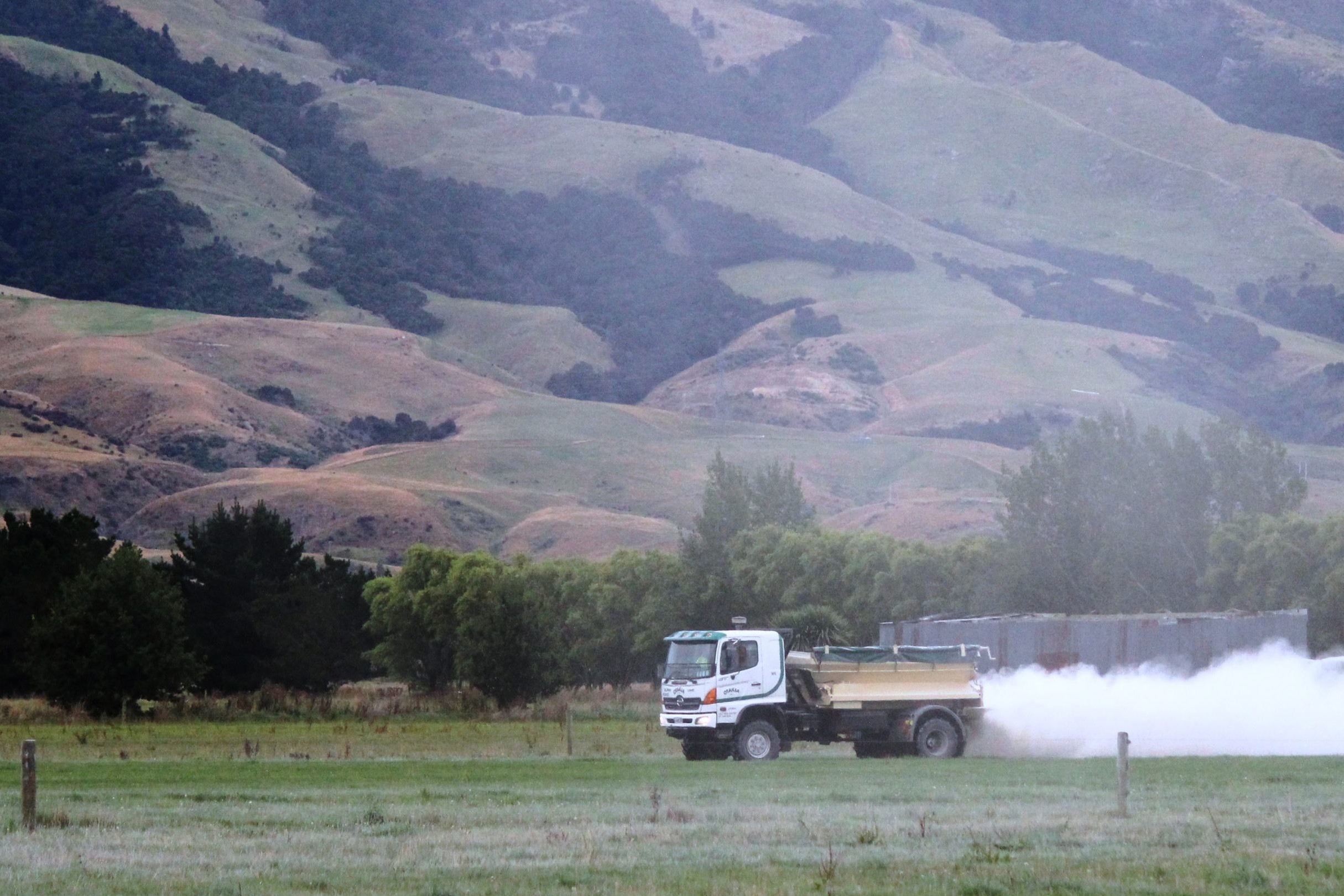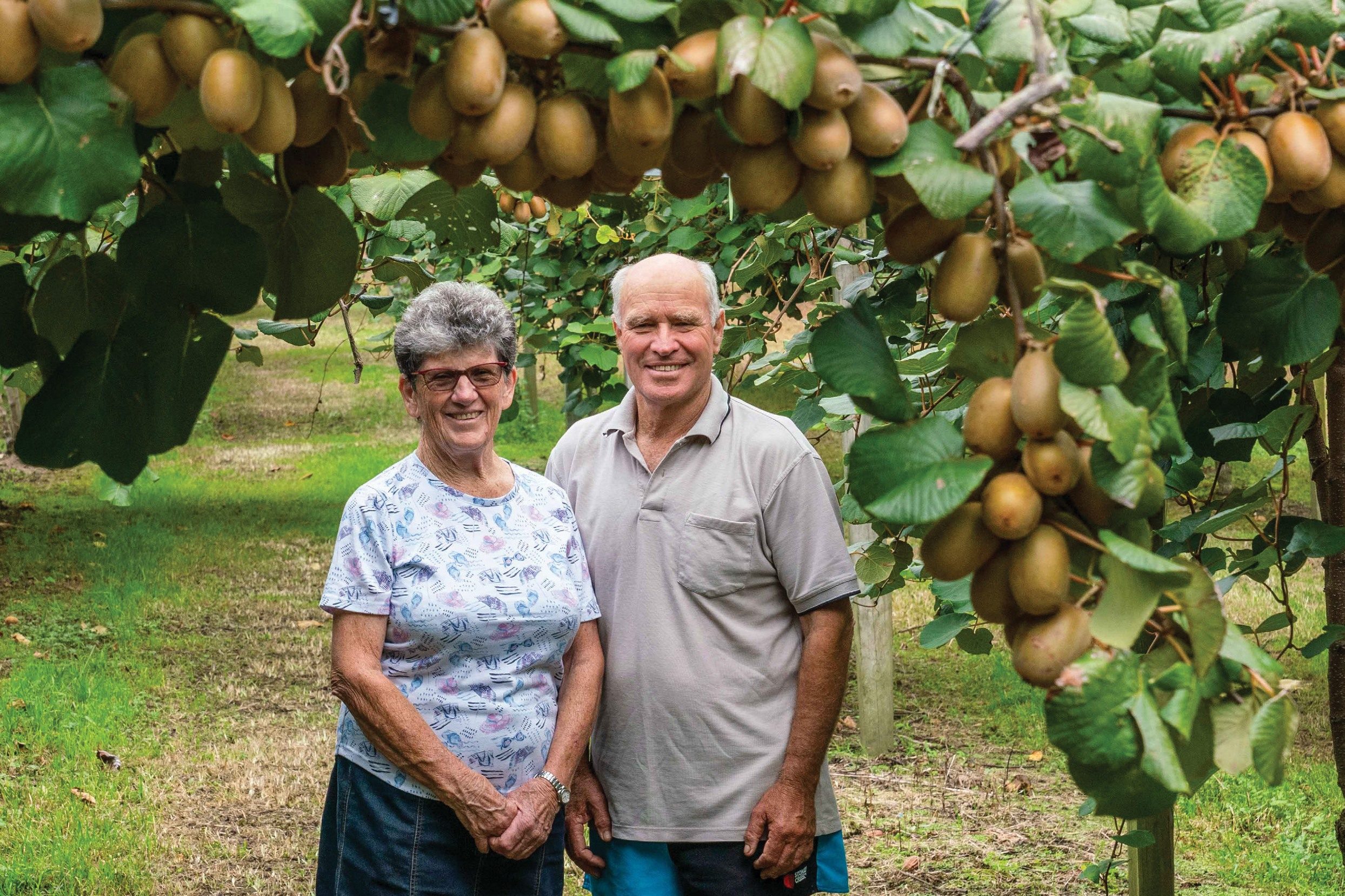Anne Lee
Lincoln University Dairy Farm (LUDF) is making some big changes this season, moving to a 10-in-seven milking regime and starting a pasture renewal programme that will ultimately see 30% of its grazed area as whole swards of plantain.
The high performing farm sits among the top 2% of performers in the country in terms of both profitability and productivity and hasn’t been shy about putting new science into practice over the nearly two decades it’s been operating.
The 160-hectare milking platform, 555-cow farm is part of the South Island Dairy Demonstration Centre (SIDDC).
SIDDC’s purpose is “to demonstrate tomorrow’s dairy farming today.”
LUDF’s farm consultant Jeremy Savage from MacFarlane Rural Business says with SIDDC’s purpose in mind the farm’s current strategies have been set to focus on three key areas where farmers are facing challenges – people, animals and environment, but still maintain its high performance.
The variable milking programme – milking cows 10 times over seven days instead of the typical 14 times with a twice-a-day milking programme – aims to improve both animal welfare outcomes and lift staff wellbeing.
‘We want to create a workplace that’s attractive to prospective employees, where the work loads and hours help make it a great work environment.’
The plantain plan – renewing 10% of pastures each year and sowing whole paddocks of plantain and white clover until at least 30% plantain is achieved across the farm – aims to reduce nitrate leaching from 35kg N/ha/year to 26kg N/ha/year.
Jeremy says the first paddocks will start to be sown in plantain from mid-October once daily pasture supply has exceeded demand but the 10-in-seven milking frequency has already been implemented for this season.
The aim of the variable milking plan is to create a workplace where staff have improved rosters, fewer early starts and more condensed workloads allowing for more personal and family time.
“We want to create a workplace that’s attractive to prospective employees, where the work loads and hours help make it a great work environment,” he says.
The milking regime also means fewer walks to milking for the cows which should help reduce lameness.
More time grazing and less time walking should also help boost cow condition and the overall vigour of the cows, he says.
A 10 milkings in seven days frequency works in practice by having a three-in-two-day milking frequency from Monday to Friday and then once-a-day (OAD) on Saturday and Sunday.
The timetable
It has already been successfully implemented by other farmers around the country and interest in it is growing, especially with the shortage of labour the sector is experiencing.
Research carried out by DairyNZ scientist Dr Paul Edwards at the Lincoln University Research Dairy Farm (LURDF) found there is a milk production cost to the change that can impact income but on the other side of the ledger there are cost savings.
His study found variable milking led to a 5% drop in milk production from the time the variable milking started.
Of that 5% drop 3% came from a drop in milk fat and 8% from a fall in protein.
But he also found that by the end of a full season of three-in-two milking body condition score (BCS) had improved by 0.25 BCS.
The research looked at the effect of varying the time between milkings on production and found no significant difference between intervals of 8-20-20 hours, 10-19-19 hours or 12-18-18 hours.
Jeremy has used Farmax modelling to analyse the effect on the LUDF of a 10-in-seven milking frequency based on Paul’s findings and factors such as lower electricity usage and wash down costs thanks to fewer milkings along with decreased petrol and motorbike repairs and maintenance.
Lower winter feed requirements and the ability to reduce staffing cost.
Farmax Dairy modelling inputs for LUDF milking frequency change from twice-a-day to 10-in-seven.
- Cow numbers to stay the same.
- Variable milking to commence from day one of season.
- Lactation curve projected a 5% drop. Production was dropped from 494kg MS/cow to 471kg MS/cow.
-
- Culled as per current policy to keep N leaching low.
- Maintained nitrogen fertiliser at 160kg/ha/yr nitrogen.
- Cut silage in spring/early summer to maintain quality, fed silage back in autumn.
- Total production dropped by 11,800kg MS
Impact on Inputs, resources and finances
- Decreased petrol and motorbike R&M by 25%.
- Decreased power consumption by 13% with less running time of shed.
- Cost of cleaning the shed and plant dropped by 25%.
- Winter feed requirements dropped by $1.80/week as cows 0.23 BCS fatter at the close of the season. This is based on $0.29/kg drymatter (DM). This will even up/negate the impact on BCS on the following mating.
- Lameness, TAD 12%. 10-in-7 milking regime 0%. Per cow production will increase due to no lameness. If $40/cow for treatment (excluding milk), no lameness decreases animal health spend by $4.80/per cow.
Changes in Human Resource
- 3.5 full time equivalents (FTE) on farm. 50% of workload in milking. 19% less time in milking.
- 0.33 FTE Drop in workload. Including house, @ $65,000 per annum – $19,500.
The modelling resulted in a $19,000 drop in income but the savings were $21,700 and ultimately the farm’s profit before tax was almost the same with a $17/ha advantage to the 10-in-seven regime.
Executing the plan
While some metrics can be easily recorded to understand how the change in milking frequency is affecting issues such as lameness, understanding the effect on staff, their workloads and their wellbeing will mean keeping new records and asking them how they are faring.
Keeping records of start and finish times, the amount of time spent in the farm dairy and the amount of time spent on other jobs through the day along with the amount of time off during the day will all help paint a picture of how the system is working in reality.
Health and safety records will also be compared.
Allocating feed when the time between milkings varies is not as simple as it is for regular milking intervals and the team has developed a spreadsheet plan based on allowing feed on a square metre per hour rate.
Explanation of the plan, how the team has found it, how they’ve dealt with other issues such as timing of calf feeding using milk from the vat, colostrum feeding and milking of colostrum cows and dealing with any mastitis cases will all be discussed in more detail at the LUDF focus day due to be held on October 6.





